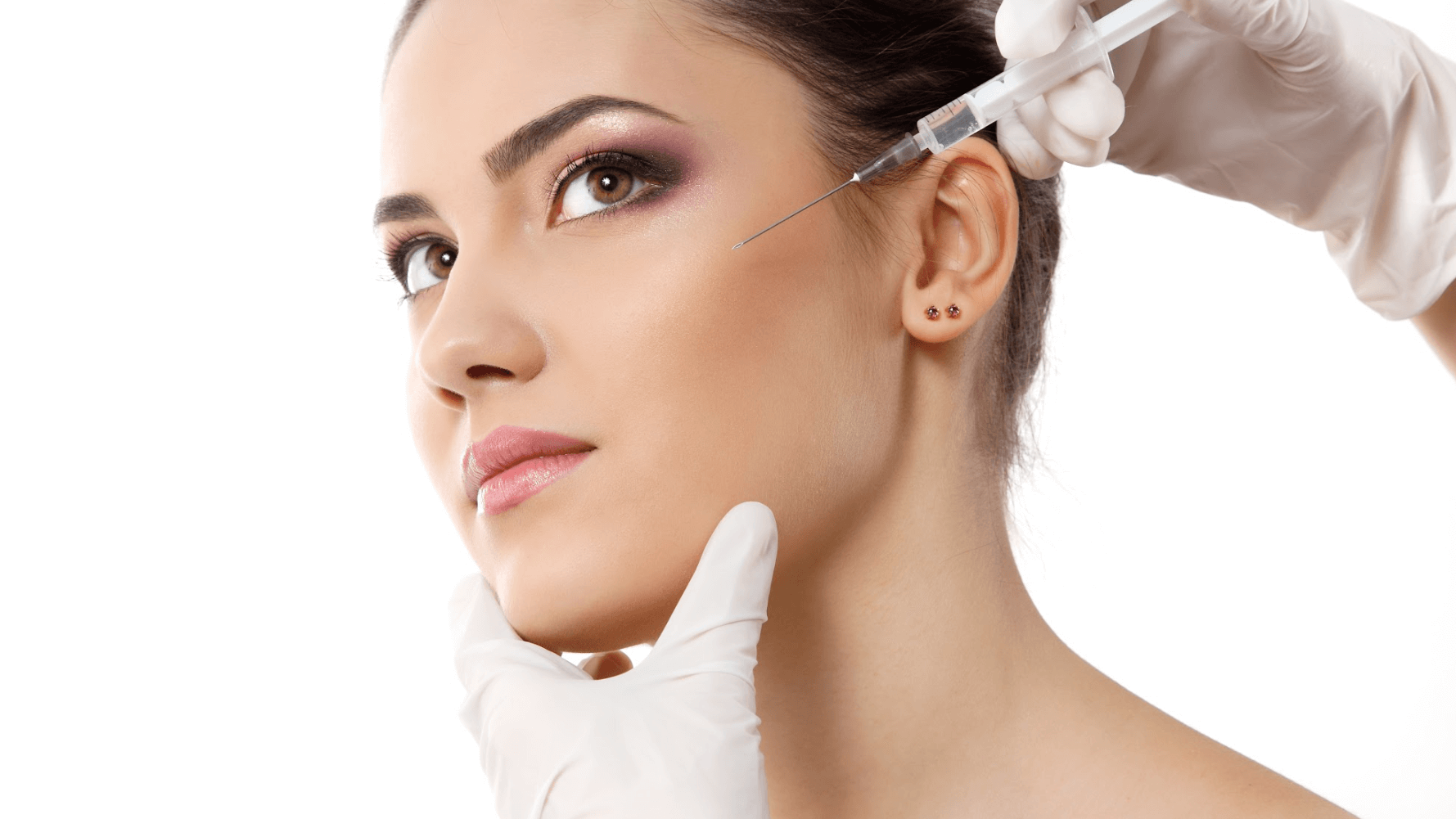How Do Fillers Differ From Wrinkle Relaxers?
&srotate=0)
Cosmetic injectables are growing in popularity year after year, and with more new products on the market than ever before, many patients have questions about which injections may be most appropriate and effective for their own concerns. At Ben Shultz, M.D., board-certified plastic surgeon Dr. Benjamin D. Schultz and our experienced aesthetic team in Baltimore, MD, offer two of the most widely used types of cosmetic injections: dermal fillers and wrinkle relaxers. Below, you’ll find a helpful comparison of fillers vs. wrinkle relaxers, including what each is used for, which products are classified under each designation, how long your injectable results may last, and more.
What are cosmetic injections?
Also called injectables, cosmetic injections refer to injectable products that are used to make various aesthetic enhancements to the face and/or body. One of the most popular applications for cosmetic injectables is to help reverse or diminish classic signs of aging, including lines, wrinkles, and lost volume. Many injectables fall into the following two classifications:
- Injectable wrinkle relaxers
- Injectable dermal fillers
What’s the difference between fillers and wrinkle relaxers?
The primary difference between injectable fillers and wrinkle relaxers is the type of lines and wrinkles that each one is designed to treat. Injectable fillers, like Restylane®, can be used to add or restore volume to deflated features, like thin lips or hollow cheeks. Injectable wrinkle relaxers, such as Dysport®, specifically target dynamic (expressive) facial lines and wrinkles, meaning those that are associated with facial expressions and muscle movements. These include Crow’s feet, forehead lines, and others.
Is there an injectable that can treat both types of wrinkles?
Dr. Schultz is proud to offer RHA®, which is used to treat both static and dynamic facial lines and wrinkles, thanks in part to its unique composition that allows it to adapt to natural facial movements and provide strikingly natural-looking results. Still, it is important for patients considering cosmetic injections to understand that RHA and Dysport are not necessarily interchangeable, as they work to address dynamic lines in different ways. Prior to your treatment, Dr. Schultz or one of our knowledgeable and experienced injectors will discuss your available options and recommend the injectable(s) that is most suitable for your unique concerns and goals.
Do fillers or wrinkle relaxers last longer?
Again, it is important to understand that fillers and wrinkle relaxers are each designed for a different purpose and will yield different results. Generally speaking, injectable fillers can last about one year, whereas wrinkle-relaxing injections typically provide about 3 – 4 months’ worth of a smoother look, meaning patients who use both types of injectables may need to have their injections administered at different intervals. Our team will work with you to create an injectable schedule that is most convenient for you and provides the longest-lasting results possible.
Regain a youthful look and feel more confident once again with cosmetic injectables in Baltimore, MD
If you have just started to notice unwanted lines and wrinkles, or you’ve already been using at-home products to keep the signs of aging at bay, but you’re ready to move on to a more effective and longer-lasting solution, we can help. For more information about the benefits of cosmetic injections and to learn which injectable is right for you, call Ben Schultz, M.D. to schedule your consultation with one of our aesthetic specialists in Baltimore, MD, under the direction of board-certified plastic surgeon Dr. Benjamin D. Schultz, today.